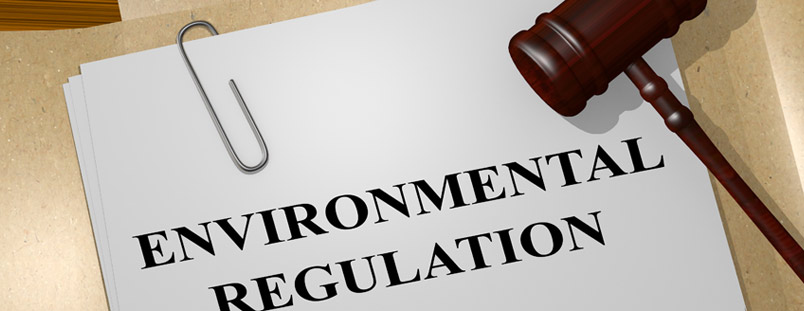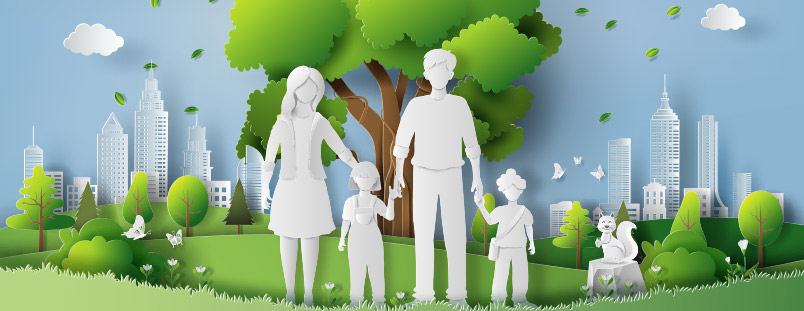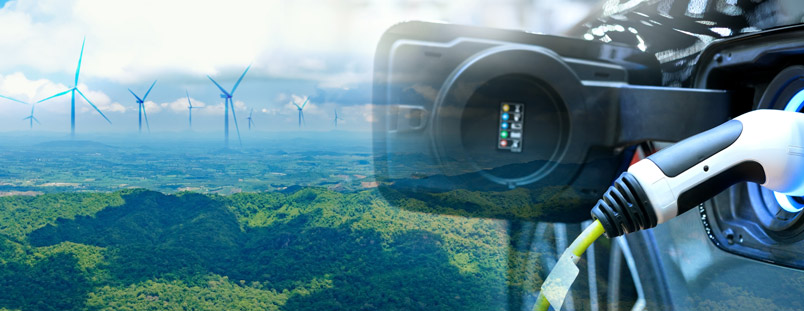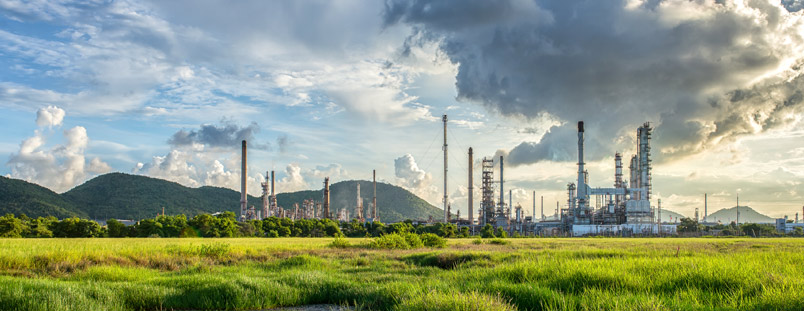Clean Air
Clean Air—Essential to Life
Clean air is a vital to support long life, human health, and our ecosystem. Recognition of this fact goes back as far as ancient Rome. Residents of Rome referred to the smoke cloud that hung over their city as gravioris caeli (“heavy heaven”) and infamis aer (“infamous air”). Roman courts examined civil claims over smoke pollution.

Clean Air Legislation
Since that time, societies have sought to learn more about how air quality affects our daily lives, and what we can do to ensure we have clean air to breathe. In the United States, the Air Pollution Control Act of 1955 was the first attempt to take a closer look at the air we breathe, providing federal funding for air pollution research. With the adoption of the Clean Air Act (CAA) of 1963, air pollution control became a matter of public policy. Public awareness of the importance of clean air is now widespread. As a result, clean air legislation has evolved, becoming more effective over time, and yet we still have far to go.

Clean Air and Human Health
Today we know that exposure to polluted air affects our health, and can lead to disease or even death. The World Health Organization (WHO) suggests that up to 99 percent of the global population breathe air exceeding the safe limit for air pollutants. Ambient air pollution, or outdoor pollution, such as from smog and emissions is responsible for 4.2 million deaths per year worldwide from acute and chronic respiratory diseases, lung cancer, heart disease and stroke. Household air pollution from such indoor air pollution sources as smoke, pet dander, and mold, meanwhile, is responsible for 3.8 million premature deaths per year.

Clean Air and Plant and Animal Life
Air pollution is harmful to animals, plants, and crops, and may even affect the emission of fragrance in flowers. At the same time, animals and plant life are also major causes of air pollution, making for a clean air conundrum. Trees both pollute and clean the air. Agriculture is responsible for 17,900 deaths per year owing from livestock waste, use of fertilizer, dust, field burning, and the fuel combustion caused by tractors and other agricultural machinery. Farm animals alone, produce some 15 percent of global greenhouse gases.

Clean Air and Outdoor Recreation
Both natural and human sources of air pollution threaten our ability to enjoy the recreational benefits of green spaces and parks. Physical activity can lower diastolic blood pressure and decrease the risk of damage to airways. Outdoor exercise, on the other hand, increases the risk for heart attack and stroke, developing or worsening existing asthma, and even death from lung cancer and cardiovascular disease because of particulate matter in the air we breathe.

Clean Air and Transportation
Cars, trucks and buses produce air pollution even before they are manufactured, beginning with the fuel production necessary for vehicle operation. Refining and distributing fuel creates harmful emissions. So does the manufacture, operation, and disposal of vehicles. Transportation, in fact, emits over half the nitrogen oxide content of our air, and is a major source of global warming emissions within the United States.

Clean Air and the Economy
Clean air is vital to a healthy economy. Air pollution affects our health, increasing chronic disease and hospital admissions, reducing our ability to work. Children vulnerable to asthma attacks are more likely to miss school days, which means their parents have to take time off to care for them. The global cost of disability caused by chronic diseases from air pollution reached $200 billion in 2018, with the costs of sick leave and preterm births amounting to $100 billion and $90 billion respectively.
Damage to crops and livestock from air pollution limits food supplies, affects food security. Food costs have risen as a result of climate change, owed in large part to the effects of air pollution. Even our cultural and historic monuments are not immune from the corrosive damages of air pollution, which can lead to costly repairs and restoration or even, ultimately, their destruction.
what you can do
Air pollution is a global problem. As individuals, however, there is much we can do to ensure that the children of tomorrow breathe clean, fresh air. Here are three ways you can contribute to the fight against air pollution:
- Use Green Transportation—making the switch from gas-powered to electric vehicles is one of the most important ways to reduce the carbon dioxide emissions that pollute the air. Whatever type of car you drive, stop and think before you get behind the wheel—can you walk or ride a bike to your destination? Can you carpool with coworkers who live nearby? If public transportation is available in your area, you may even consider selling, recycling, or donating your car, to help save our planet.
- Limit Electricity Use—Electricity use contributes to smog that dirties our air, so remember to turn off the lights whenever you leave a room and teach kids to do so, too. In summer, think about setting your air conditioning temperature a few degrees higher, use a fan, or open the windows, instead. In winter, pile on the blankets to cut down on the use of home heating systems.
- Avoid Chemical Sprays and Cleaners—household products such as such as soaps, shampoos, deodorants, air fresheners, glues and cleaning sprays emit a volatile organic compounds or VOCs. Aside from causing harm when directly inhaled, VOCs react with other chemicals in the air, for example oxygen and nitrogen oxides from car exhaust. These reactions can, in turn, create the fine particulates and ozone that at ground level, produce smog, making it hard for us to breathe.

